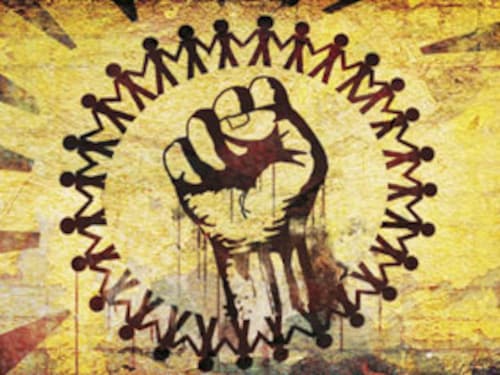Long Live Social(media)ism!
As the Web gets more social, what’s your favourite business magazine doing to win fans and followers?


So when did the media get all social anyway? Answer: It always was. Media producers may have been publishing or broadcasting content, with consumers not having much opportunity to say anything back, except in the Letters to the Editor section. But the best media brands have also paid attention to their audiences, even if only through indirect methods like the odd survey and monitoring their sales figures from issue to issue.
Now, the Internet has opened things up, and facilitated genuine conversation.
At Forbes India, we decided that while the magazine was going to be our main vehicle, our site, business.in.com , was going to be more than an online archive. So we also have magazine extras — online features that add dimensions to print stories — and Web-only specials. We’ve also carried live budget updates, and a blog and Twitter feed from the Jaipur Literature Festival. And thanks to our tie-ups with the world’s best business schools, we carry exclusive content from them in a very popular section called The Daily Sabbatical.
Great package, we believe, but we were a new site we couldn’t expect people to come to us. To drive traffic, expand readership and, most, important, engage with readers, we reached out to them using communities and tools they already liked and trusted. There are no special staff to do this, mainly because we believe in a lean, multi-tasking organisation (and — woo-hoo! — we get to do this on office time!), but also partly because we think most social media ‘experts’ are scamsters.
We had to be on Facebook. You can’t ignore it, flawed privacy policies notwithstanding. facebook.com/ForbesIndia links to new articles on our site and updates on marketing campaigns and special events. We also monitor and reply to questions and feedback there. Initially, it had just our own friends declaring allegiance. As of this writing, it has 1,823 fans.
On Twitter, @forbesindia auto-tweets updates to our site. It has seen steady growth, and currently has around 1,400 ‘followers’, as subscribers are called on Twitter. Another ID, @forbes_india , which is human-controlled and chats with readers, had a handful of followers at first, but started getting more popular when we did our first ‘Twinterviews’, where we made a little bit of history, chatting live with business leaders like Rajiv Bajaj and Mehmood Khan. A big jump in numbers came when we talked to bestselling author Chetan Bhagat. Another spike: When we listed our favourite Indian celebrities on Twitter. Now, we find the figure going up steadily every day currently, it’s just under 5,800.
As a small experiment, we started a by-invitation-only community on LinkedIn, but overall, we find that service rather unwieldy and not exactly user-friendly.
And we’re aided in no small way by support from the Network18 group, with links from their older, more established online presences.
How has all this worked for us? A large chunk of our traffic, a little over 30 percent, comes in directly — people who type our URL into their browser address bars. A similar number comes in via search engines. About 10 percent is via Network18 sites.
Social media, mainly Facebook and Twitter, brings in around 6 percent overall.
Good enough? Not by any means. Our audiences are teaching us as we go along. The important thing, we think, is that we’re here. And we’re listening.
First Published: Jun 01, 2010, 09:05
Subscribe Now(This story appears in the Feb 01, 2019 issue of Forbes India. To visit our Archives, Click here.)